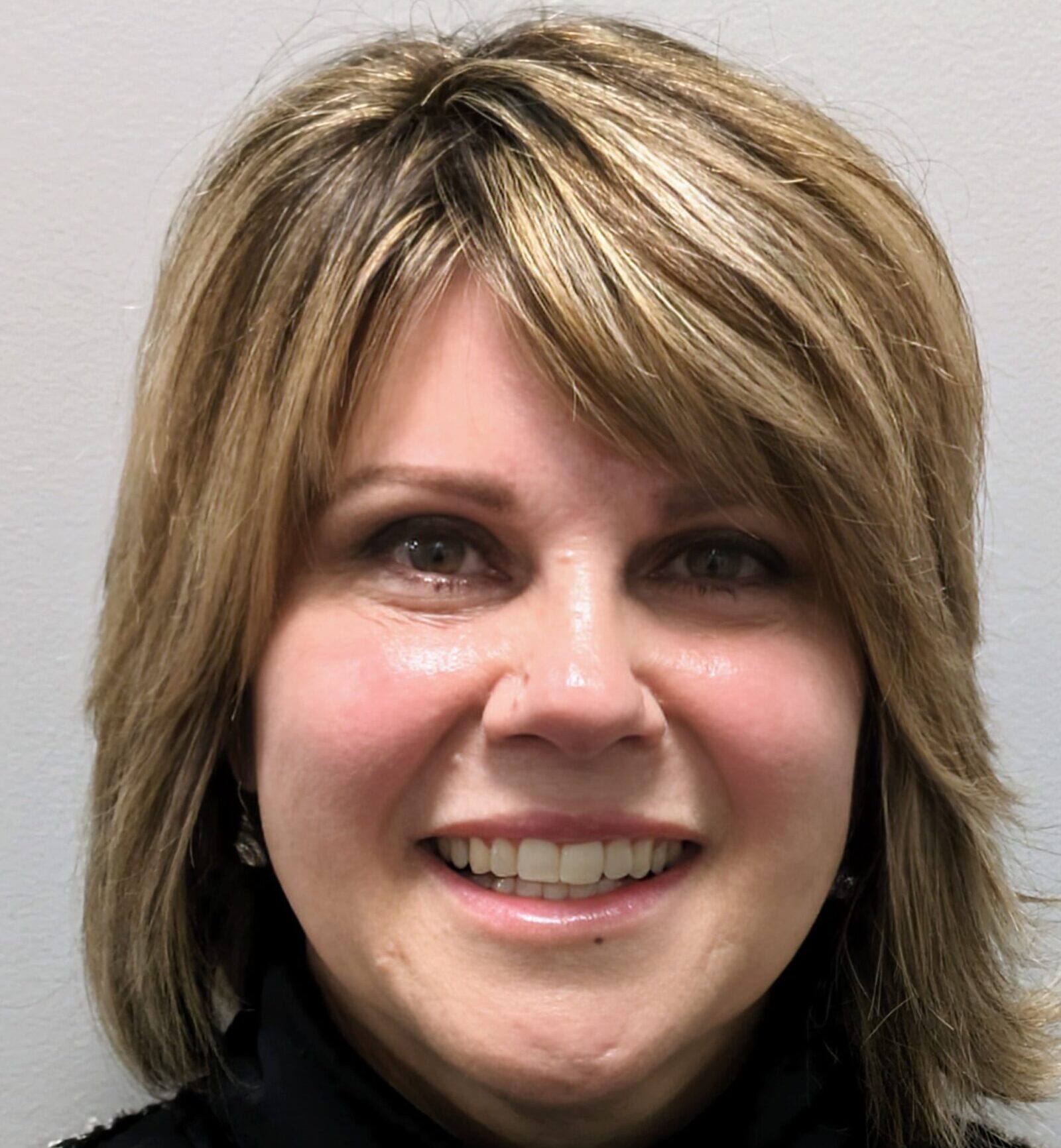Key Takeaways
-
Sedatives and tranquilizers are prescription drugs that slow brain activity and have a high risk of misuse and addiction.
-
Commonly abused types include benzodiazepines and barbiturates, often prescribed for anxiety or sleep.
-
Long-term or improper use can lead to tolerance, dependence, and dangerous withdrawal symptoms.
-
Combining sedatives with substances like alcohol or opioids increases the risk of overdose.
-
Virtue Recovery Las Vegas offers specialized treatment for prescription drug dependence and guides clients toward safe, lasting recovery.
Introduction
Sedatives and tranquilizers are meant to help people feel calm, sleep better, or manage anxiety. For many, these medications are effective tools—when taken exactly as prescribed. But they also carry serious risks when misused.
It often starts slowly. Maybe someone takes a higher dose during a stressful week. Or they begin using a friend’s prescription to help sleep. Over time, what began as a way to relax turns into something harder to control.
Prescription sedative abuse is more common than most realize. And once the body depends on these drugs to function, stopping without help can be dangerous.
This article will help you understand how sedatives and tranquilizers affect the brain, what signs point to abuse, and how to find safe, effective treatment for addiction and withdrawal.
What Are Sedatives and Tranquilizers?
Sedatives and tranquilizers are medications that slow down the central nervous system. That means they help calm the body and mind. Doctors may prescribe them to treat conditions like anxiety, panic attacks, muscle spasms, or insomnia.
The two main types include:
-
Benzodiazepines – Such as diazepam (Valium), alprazolam (Xanax), and lorazepam (Ativan).
-
Barbiturates – An older class of drugs still sometimes used in hospitals.
These medications are powerful and can work quickly, but that speed comes at a cost. They also come with a high potential for misuse, especially when someone starts using them to get high, to numb emotional pain, or to sleep.
Signs of Sedative or Tranquilizer Misuse
It isn’t always easy to recognize when a prescription becomes a problem. Some people may take their medications exactly as prescribed but still develop a dependence over time. Others may begin taking pills recreationally, unaware of the risks.
Signs of possible misuse include needing more of the drug to get the same effect, taking doses more often than prescribed, or using pills without a prescription at all. A person might appear unusually tired, unsteady, forgetful, or withdrawn.
Behavioral changes like isolation, mood swings, or doctor shopping can also point to a developing problem. And if someone experiences symptoms when they try to stop—like shaking, anxiety, or trouble sleeping—they may already be dependent.
Understanding Tolerance and Dependence of Tranquilizer Use
Your body is smart. When it gets used to a drug, it adapts. This is called tolerance—meaning it takes more of the drug to feel the same effects.
Soon after tolerance develops, physical dependence often follows. That’s when the body relies on the drug to function. If the person tries to stop or reduce their dose, the brain reacts with withdrawal symptoms.
Common withdrawal signs include:
-
Sweating
-
Shakiness or tremors
-
Nausea
-
Anxiety or panic attacks
-
Irritability
-
Insomnia
-
In severe cases, seizures or hallucinations
Because withdrawal can be dangerous—even life-threatening—detox should always be done under medical supervision.
The Dangers of Combining Sedatives with Other Substances
One of the most dangerous situations occurs when sedatives are taken with alcohol or opioids. All of these are central nervous system depressants, which means they slow down vital functions like breathing and heart rate.
When combined, these effects stack on top of each other and can easily cause a person to stop breathing.
This is why emergency rooms across the country often treat overdoses involving more than one drug. What someone thought was a mild combination can quickly turn into a medical emergency.
Never mix sedatives or tranquilizers with other substances—especially without a doctor’s knowledge. If you suspect someone is at risk, it’s important to seek help right away.
Why These Medications Are So Addictive
Sedatives and tranquilizers work by enhancing the effect of GABA, a brain chemical that slows activity. This produces feelings of calm, relaxation, and in some cases, even euphoria.
For someone struggling with anxiety, trauma, or stress, the relief these drugs provide can feel like a lifeline. But as the brain adjusts, more of the drug is needed. Over time, using the medication becomes less about managing symptoms and more about avoiding withdrawal.
Addiction develops not just physically, but emotionally and mentally too. The drug may become a way to escape, cope, or feel “normal”—even if life around the person is falling apart.
Treatment for Sedative and Tranquilizer Dependence
Getting help is the first step toward healing. But it’s important that recovery begins in a safe, supervised environment—especially for those with physical dependence.
At Virtue Recovery Las Vegas, treatment begins with medical detox. Our team monitors each client closely and uses medications when needed to ease withdrawal symptoms.
Once detox is complete, we develop a personalized treatment plan that may include:
-
One-on-one therapy to address emotional and psychological triggers
-
Group therapy for peer support and shared experiences
-
Cognitive behavioral therapy (CBT) to build healthy coping skills
-
Holistic treatments like meditation, fitness, and nutrition support
-
Aftercare planning to reduce relapse and build a long-term recovery lifestyle
We understand that no two people are alike. That’s why each plan is built around your needs, your history, and your goals for the future.
Who Is Most at Risk for Prescription Tranquilizers and Sedative Abuse?
Anyone can develop a sedative use disorder, but some are more vulnerable than others.
People who live with anxiety, PTSD, or chronic insomnia may be more likely to receive prescriptions for these drugs. Over time, they may grow dependent—especially if they’re not given proper education or monitoring.
Others may begin using sedatives socially or recreationally, not realizing how addictive they are. Mixing them with other substances like alcohol or opioids further increases the risk of dependence and overdose.
Even those who follow their prescriptions carefully can still become dependent if the medication is taken for too long. That’s why regular check-ins and professional oversight are so important.
Conclusion: Healing Starts with One Brave Step for Treatment for Sedative Addiction
Addiction to sedatives and tranquilizers can feel overwhelming—but you’re not alone, and it’s never too late to get help.
These medications are powerful. So is the grip they can have on your body and mind. But with the right support, healing is absolutely possible.
Call Virtue Recovery Las Vegas today at 866-520-2861. We’ll guide you through the process with compassion, medical care, and a plan designed just for you.
Whether you’re looking for help for yourself or a loved one, we’re here to support you every step of the way.
FAQs About The Dangers of Sedative and Tranquilizer Abuse & Addiction Treatment Options
What are the types of tranquilizers, and how are they used in addiction treatment?
Tranquilizers are classified into two main types: minor tranquilizers, such as benzodiazepines, and major tranquilizers, which are typically antipsychotic medications. They are used in addiction treatment to help manage anxiety and agitation, but their misuse can lead to drug abuse and dependence.
What are the common withdrawal symptoms associated with sedative drug addiction?
Withdrawal symptoms from sedative drugs can include anxiety, insomnia, tremors, sweating, nausea, and in severe cases, seizures. These symptoms can be distressing and often require professional addiction treatment to manage effectively.
How does tranquilizer abuse affect mental health?
Tranquilizer abuse can lead to a range of mental health issues, including increased anxiety, depression, and cognitive impairment. It can also exacerbate existing mental health conditions, making addiction treatment more complex.
What are the overdose risks associated with benzodiazepine use?
Overdose from benzodiazepines can result in severe drowsiness, confusion, respiratory depression, and even death, especially when combined with other substances. It is crucial to seek immediate medical attention if an overdose is suspected.
What are the treatment options available for tranquilizer addiction?
Treatment options for tranquilizer addiction often include detoxification, counseling, behavioral therapies, and medication-assisted treatment. It is essential to work with healthcare professionals to develop a personalized addiction treatment plan.
How can I recognize tranquilizer addiction symptoms?
Symptoms of tranquilizer addiction may include a strong desire to use the drug, increased tolerance, withdrawal symptoms, and continued use despite negative consequences. If you or someone you know is experiencing these symptoms, it may be time to seek help.
What role do sedative side effects play in tranquilizer abuse?
Sedative side effects, such as drowsiness and impaired coordination, can contribute to the misuse of tranquilizers. Users may seek to amplify these effects, leading to a cycle of sedative drug addiction and increasing risk of overdose.
How do tranquilizers work in the brain?
Tranquilizers work by enhancing the effects of a neurotransmitter called gamma-aminobutyric acid (GABA), which produces a calming effect on the brain. This mechanism can lead to both therapeutic benefits and potential for addiction when used improperly.
What resources are available for those seeking help with prescription drug abuse?
Many resources are available, including the National Institute on Drug Abuse and various addiction treatment centers that offer support and services for substance use disorders. It’s important to seek help from professionals who understand the complexities of sedative and tranquilizer abuse.
How can someone overcome withdrawal from sedative or tranquilizer abuse?
Overcoming withdrawal from sedatives or tranquilizers often requires professional medical support, which may include a medically supervised detox program, therapy, and ongoing addiction treatment to help manage symptoms and prevent relapse.
Resources
https://www.cdc.gov/overdose-prevention/about/what-you-should-know-about-xylazine.html
https://www.dea.gov/alert/dea-reports-widespread-threat-fentanyl-mixed-xylazine









